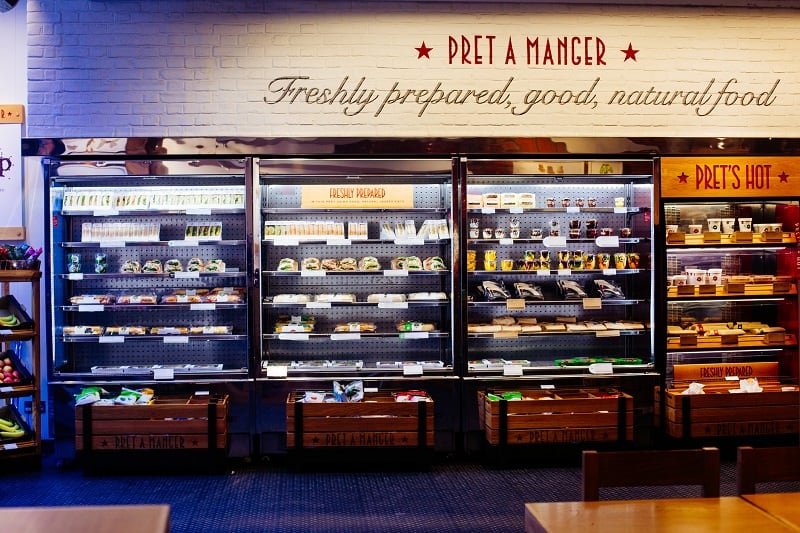OOH food and drink firms should ‘do the right thing’ and ‘demonstrate a strong commitment to food safety’, without the threat of legislation, says Instinctif Partners, which gives advice to brands on risk and crisis management.
It said the two recent high-profile allergy-related deaths in the UK have sparked debate around how allergy information is communicated to restaurant customers.
The death of teenager Natasha Ednan-Laperouse from an anaphylactic reaction in 2016 saw a new law passed in the UK (known as Natasha’s Law) which tightens rules on allergen information on food packaging. This requires that from October 2021 foods which are pre-packed directly for sale carry a full list of ingredients.
After the death of Owen Carey, who died after eating a Byron chicken burger, Byron chief executive Simon Wilkinson acknowledged that: "It's clear current rules and requirements are not enough, and the industry needs to do more – more to help customers with allergies and more to raise awareness of the risks of allergies."
But OOH food businesses should not wait for possible future legislation to create a food safety and quality culture, said Victoria Cross, a partner at Instinctif.
Issue 8 of the BRC Global Standard for Food Safety, for example, contains a recently added clause which requires food business operators (FBOs) to ‘define and maintain a clear plan for the development and continuing improvement of a food safety and quality culture.’
“FBOs with high employee turnover, such as those employing casual staff in a foodservice environment, have the task of ensuring that every new recruit is inducted in the organisation’s food safety processes and then follows them unfailingly at all times,” said Cross.
What steps should FBOs take? “In practical terms this might include clearer venue-specific visual signage designed by employees about avoid to cross-contact, guidance on how to “whistle-blow” any concerns about inappropriate behaviour, or even role-playing sessions to ask the right questions of customers and truly understand their situation – a food intolerance is very different from a food allergy,” she explained.
But before taking any action, it’s important to understand the problem, said Cross. “This might take the form of immersion sessions with kitchen and front of house restaurant staff or employee focus groups or surveys. The key is to identify actual issues, rather than relying on perceptions, and to ensure a wide range of employees – from a cross-section of sites, functions and levels – are consulted.”
Attitudes of FBO leaders play a crucial role in determining the strength of food safety culture, she noted. “If the local restaurant manager doesn’t demonstrate a strong commitment to food safety, then it is unlikely that their employees will either, even if the senior management team at regional and head office recognises its importance.”
Collaboration is also key, she said. Action plans are best achieved “collaboratively by working with employees to develop a programme, which has the additional benefit that employees will be able to devise activities they know will succeed”.
No ‘one size fits all’ solution to food safety culture
She added there is no ‘one size fits all’ solution to food safety culture and a programme that works for one FBO won’t necessarily work for another. “Similarly, activities that work for one part of a business might need adapting for another. Tailoring might also be necessary for employees in different roles, in different locations or in any number of ways specific to the organisation. Such differences may be partly the result of the characteristics of the employees in question.”
Cross concluded: “Isn’t it time to do the right thing because it’s the right thing to do, not because the law says so?”




